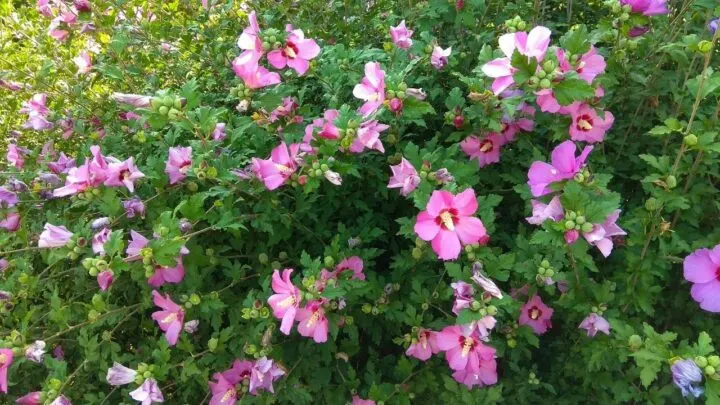Hibiscus are tropical plants that produce the most stunning and large flowers. To grow true show stoppers, you need to know how to prune hibiscus.
What is a Hibiscus Plant?
There are 35 native hibiscus species in the US, according to Florida University. Some hibiscus plants are tropical, and others are winter-hardy. Hibiscus are also called Rosemallows.
Hibiscus (tropical and hardy varieties) produce vibrant colored flowers as wide as 12 inches long (30.48 cm).
Table of Contents
How to Prune Hibiscus
To prune Hibiscus, conduct selective pruning. Leave some branches undisturbed so they continue blooming while cutting others back to encourage new branching. When pruning Hibiscus, cuts on branches should be made a quarter inch below a leaf node (0,6 cm). Remove no more than one-third of the plant. At the end of the season, a full prune can be done to cut each branch to just a few nodes on each to prepare it for next spring.

The more branches your bush develops, the more flowers it produces.
Around the fall season, a full prune can be done to cut the plant back to just a few nodes per branch to prepare it for the following spring.
Corrective pruning is done throughout the season to remove dead, damaged, or dying branches. Here is how it is done correctly.
Pruning Hibiscus – The Most Effective Methods Explained
1. Selective Pruning – Prune the Right Branches!
Selective pruning is ideal for hibiscus, but for it to work to your advantage, you need to know which branches to select.
Downward-facing branches could be removed, and upward-facing branches shortened.
When selecting which branches to cut, remember that flower buds emerge on the tips of branches.
If those are facing inward or downward, you won’t have upward-facing flowerheads.
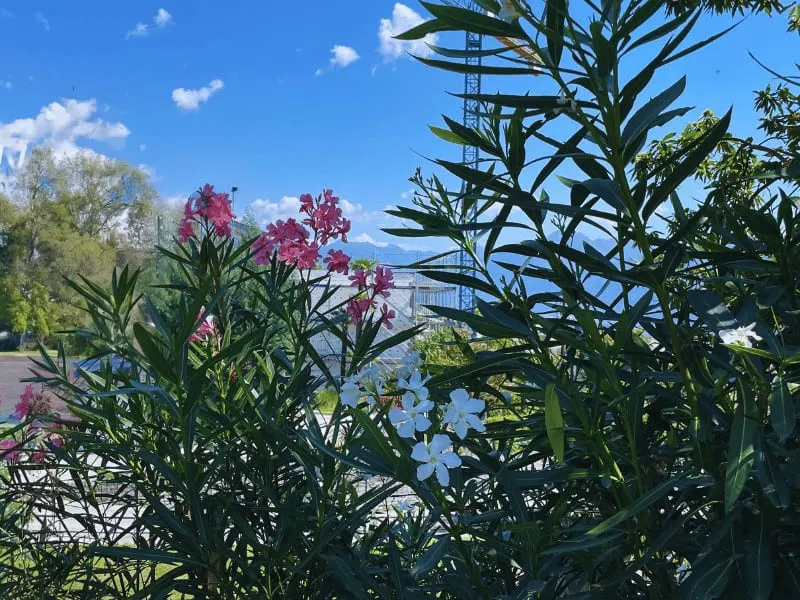
2. Corrective Pruning – Cut Back Weak Branches
Corrective pruning goes hand-in-glove with selective pruning.
If the branches look like they could be better, cut them off to allow them to regrow healthier.
The first to go are branches that look rotted, wilted, sickly, or perhaps lopsided.
Any branches that don’t add to the plants’ attractiveness or health should be removed. That’s the purpose of corrective pruning.
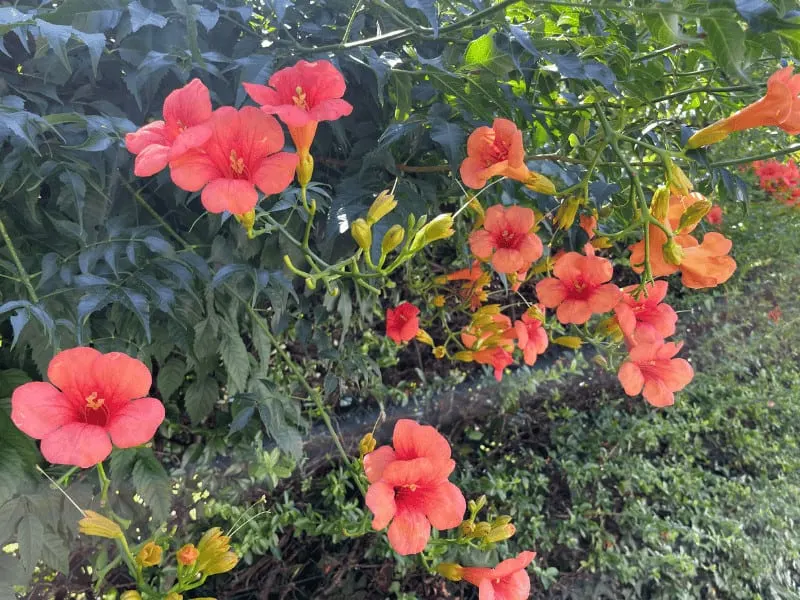
Pinching – Do it All Season Long
Pinching is the mildest pruning technique.
This should be used throughout the season to “pinch” off spent flowers just as the colors fade.
To pinch hibiscus flowers, cut them (or nip them with your thumb and forefinger) a quarter inch below the flower head.
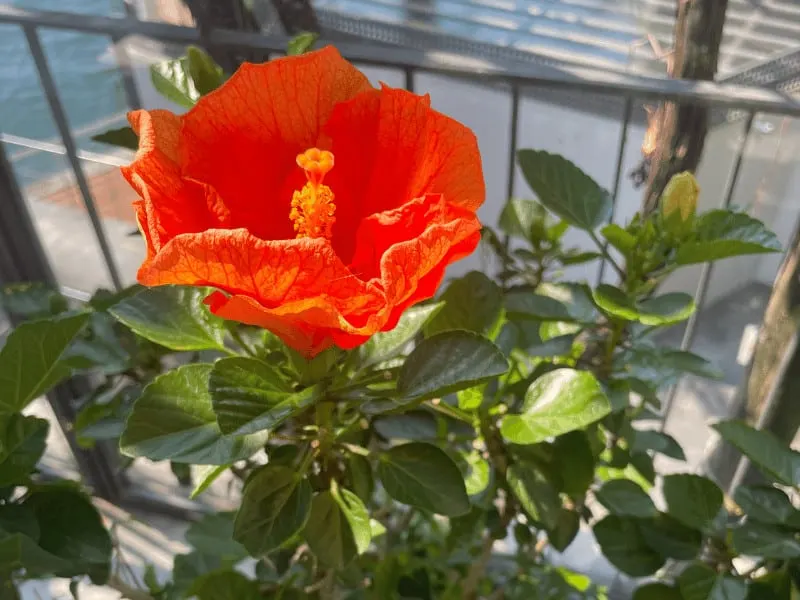
Full Prune and Hard Pruning – For Deadwood Only!
A full prune is when you cut the plant back to just a few nodes on each branch.
A hard prune is the most draconian cutting you can give a hibiscus.
Hard pruning is only advisable on old plants where you see lots of dead wood.
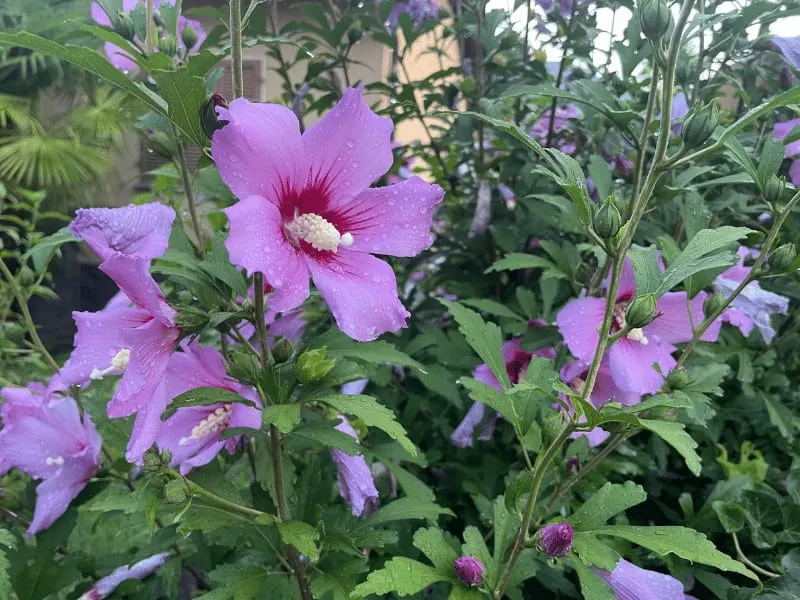
How to Prune Hibiscus
1. Gear Up – Pruning Shears are what you Need!
Sharp pruning shears are all you need. Don’t use blunt scissors, as those are likely to tear branches and strip the bark from the wood.
Use sharp pruners to cut cleanly through the wood.
If you use your pruners to cut more than one plant, sterilize them before using them.
Use rubbing alcohol to prevent the spreading of diseases between your plants.
2. Eye Up Your Cuts – Think before you Cut
Don’t prune willy-nilly. Use selective and corrective pruning to give you a reason to cut.
Look over the plant to get a feel for its overall shape.
- Are there overly long branches?
- Thin branches that look too straggly?
- Are thick and top-heavy branches growing lopsided because of the weight?
Start with corrective pruning cuts to remove the unhealthy branches.
For long branches, trim them back to a third of their size. Not back to the main node.
3. What is a Node – Read this before Cutting Anything
A node looks and feels like a bump on a stem or branch. The nodes are where new growth emerges.
When pruning hibiscus, make your cuts a quarter inch beneath the nodes.
Flowers of hibiscus plants emerge on the tips of branches. Each branch can have several nodes, but the flower buds will only emerge one at a time at the branch tip.
4. Control the Direction of New Growth – It is in Your Hands
You need to know how new growth will emerge to shape your hibiscus. The direction the nodes are facing tells you that.
Inward-facing nodes will grow inward.
Downward-facing nodes grow facing the ground and upward grow upright.
The best-shaped hibiscus bushes grow out and up.
Look for nodes facing the direction you want to see branches grow, and make the cut a few inches below the node you selected.
If you want to stop growth in a certain direction, cut the branch above the node.
Make your cuts a quarter inch below the leaf nodes to encourage new growth.
How can I prevent Hardy Hibiscus from Growing So Tall?
Branches on Hardy Hibiscus plants can be cut back to 3 to 6 inches. (7.5-15 cm)
Tropical hibiscus varieties do best with at least 12 inches of mature branches (30 cm).
When to Prune Hibiscus – Before it Gets Warm
Just as important as how to prune Hibiscus is getting your timing right.
Right before the weather warms is the best time to prune tropical hibiscus.
In most areas, that’s early spring.
But How Do I Prune Hibiscus in Summer?
Do not prune Hibiscus on hot days. This can stress the plants. You can cut back 30-40% of the plant ensuring there are sufficient buds left. Follow the desired growth pattern.
If you want the hibiscus to be a bush cut it into the shape of a bush.You can cut back above leaf breaks at an angle according to Nicolas Stodden from Monrovia nursery.
When to Prune Hibiscus for Winter?
If you prune a hardy hibiscus plant, do it after the first hard frost to prevent shock. Late winter to early spring is the best season to cut back hardy hibiscus for winter.
Hardy hibiscus is easier to maintain because they die back to ground level in the winter.
They benefit from being cut back to one foot above ground level (30 cm) to encourage healthy growth or just for a winter tidy-up.
How Do I Prune Hibiscus for Indoors?
When caring for hibiscus indoors, prune the plant as you see fit. The most important criterion is that the bush fits your indoor space. Leave the extensive pruning for early spring, cut back long branches, and remove dead leaves and flowers.
Pruning Leggy Hibiscus – We Want Flowers, Not Stems!
Hibiscus tends to grow leggy. Leggy branches will grow unruly and start to lean down. It is, therefore, best to cut leggy growth on Hibiscus plants back. When cutting, cut back to the node and leave 1/4 of an inch (0.6 cm).
Your Hibuscus will grow bushy and branch out one or multiple times on the remaining branch. If you do not cut these plants back they tend to grow single branches and might tip over. This is especially true for Hibiscus in pots.
Can Hibiscus Survive Winter Outside?
Hardy Hibiscus can survive winter outside. They are hardy in USDA hardiness zones 4-9. These perennial hibiscus are different from the Tropical Hibiscus varieties.
Use organic material such as mulch to isolate roots from the cold in winter. The hibiscus plants will lose their leave or even die back to the ground but will return the next year.
FAQ
How do I know if my hibiscus is a tropical or hardy variety?
If you’ve inherited a hibiscus and don’t know the variety, you can tell by the vibrancy of color. Tropical hibiscus has shiny dark green foliage and a wider range of colors. The leaves on a hardy hibiscus are a duller green, and the flowers have fewer color varieties.
Mainly shades of red and white. Tropical hibiscus requires yearly pruning in early spring. Hardy varieties benefit from pruning, but it’s not a big deal if you don’t. They die back in the winter anyway.
Can Hibiscus be Hard-Pruned?
Hibiscus can be hard pruned but only on mature plants. The reason for this tough love is to remove a lot of dead wood. Hard pruning should only be considered when the plant is more wood than foliage and struggling to produce flowers.
With hard pruning, the overall size of Hibiscus may be reduced by two-thirds rather than the standard one-third max removal for all other types of pruning.
Should I prune back my potted Hibiscus?
Pruning back potted Hibiscus is advised for two main reasons. Firstly Hibiscus will only flower from new branches. So the more new branches you have the more flowers you will get. In additon, they grow leggy and tend to grow single branches. Cutting back the plant throughout the growing season and then cutting again in early spring is advised. This way you get a bushier plant with more blooms.
Can you trim a Hibiscus bush into a tree?
You can trim both, hardy and tropical hibiscus into a tree. Cut the bush in spring once new growth appears and the plant leaves dormancy. Cut the branches above the new growth so they turn into the main branches. Remove any damages branches and branches that are entangled.
If the Hibiscus hasn’t been cut make some rejuvenation to encourage growth before the corective cuts are done.
Cut the stubs above the buds so the plant can concentrate its energy on the new branches. Cut all the branches at an angle so they do not rot.
Expert tip: Ensure using clean and disinfected pruning shears or trimmers. Diseases spread from one plant tot the other otherwise. I hold my blades in a flame for a few seconds and also use rubbing alcohol to disinfect my tools.
The Last Chop
Pruning hibiscus is both an art and a science. Before cutting anything, make sure to study the guidelines above.

Daniel has been a plant enthusiast for over 20 years. He owns hundreds of houseplants and prepares for the chili growing seasons yearly with great anticipation. His favorite plants are plant species in the Araceae family, such as Monstera, Philodendron, and Anthurium. He also loves gardening and is growing hot peppers, tomatoes, and many more vegetables.

